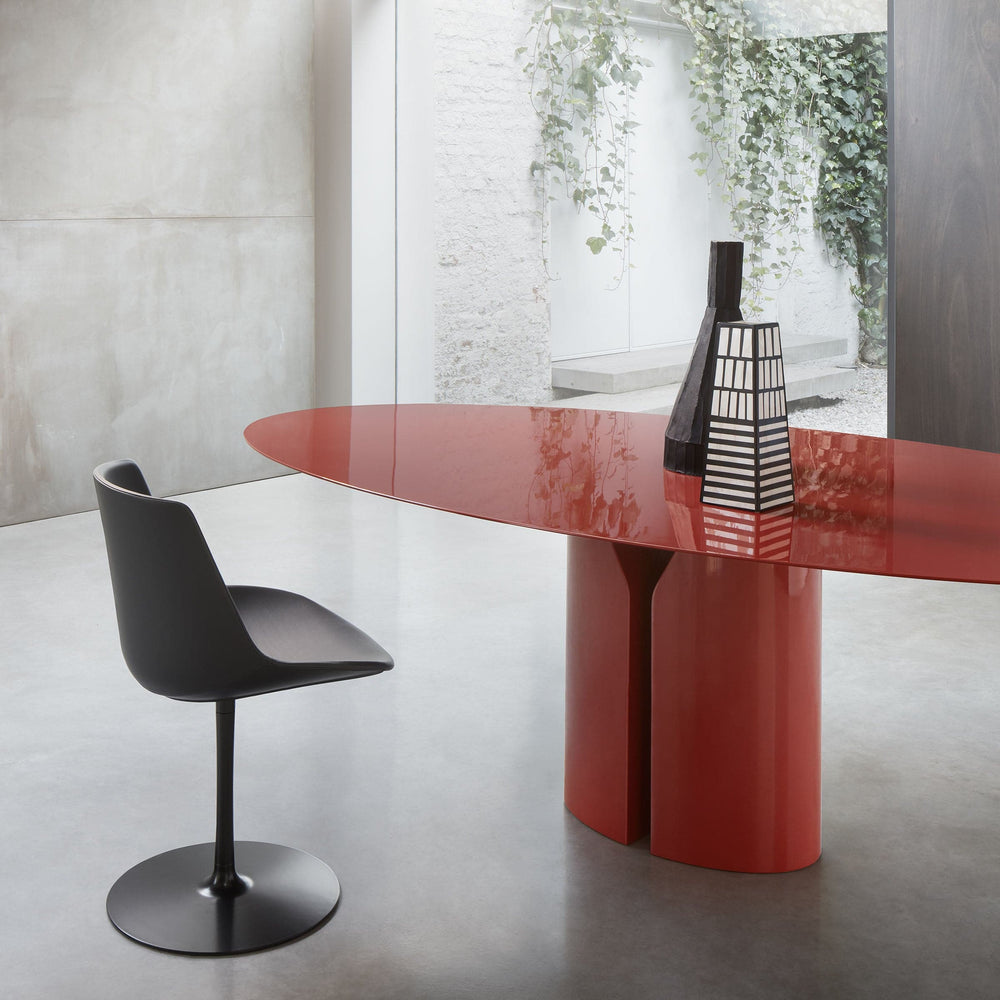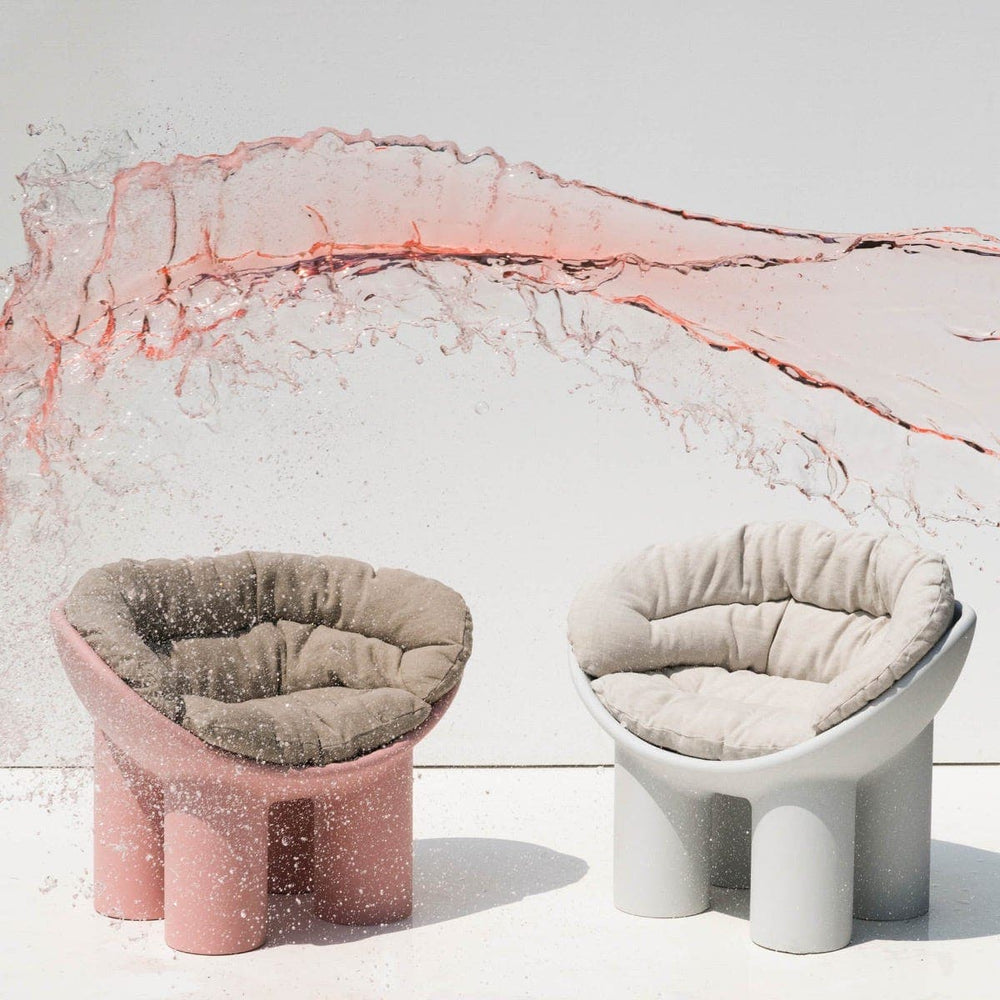RECOMMENDING READING:
"The Ideal Home, Domestic Projects for Domus
from 1928 to 1945"
The MAG - 05.23
By Cristina Morozzi

Recently published (January 2023) by Letter 22, "The Ideal Home, Domestic Projects for Domus from 1928 to 1945", collects writings by architects, published in overtime from Domus magazine, on what an ideal home should be like.
The book is an invitation to reflect on domestic living. It's filled with a great collection of practical advice for decorating your home, similar to some well-known architects. It's a visionary and escapist reading, but equally useful for those who have to furnish new spaces or revisit their home environment. Although the projects are dated, the advice included is still timely and applicable. In the introduction to the collection, Paolo Giardiello, a full professor of Interior Architecture at the University of Naples, emphasizes the importance of architecture. He believes that architecture is not just a reflection of society's values and traditions, but it has the power to shape and influence them. In fact, architecture can anticipate and interpret cultural changes and trends before they even occur. This makes it an invaluable tool for promoting and guiding social progress.
 Among the ideal or dreamed houses are cited and analyzed: Giò Ponti's Garden Houses, Gio Ponti takes the lion's share, given that he also appears with the Pompeian villa of 1934, the House by the Sea of 1939, the Ideal Small House, also from 1939; the Tower in the maritime pine forest from 1930; the tiny House stretched out on the shore from 1940. Also cited are the illustrated houses of Lina Bo Bardi, a pupil of Gio Ponti, author of the Art Museum in São Paulo in Brazil; the large House by the Sea by Fabrizio Clerici, dated 1940 as well; the Ideal House, dated 1942, built for his family by Marco Zanuso; the anonymous House by Ernesto Nathan Rogers. Finally, Carlo Mollino talks about his country house. In the final chapter, entitled "post ideal domesticity," it is underlined how the domestic space, post-pandemic, has returned to being of interest to architects, anthropologists and philosophers and how the fundamental trait of living is "taking care", that is the entire relationship that the inhabitant has with the objects he uses in his environment.
Among the ideal or dreamed houses are cited and analyzed: Giò Ponti's Garden Houses, Gio Ponti takes the lion's share, given that he also appears with the Pompeian villa of 1934, the House by the Sea of 1939, the Ideal Small House, also from 1939; the Tower in the maritime pine forest from 1930; the tiny House stretched out on the shore from 1940. Also cited are the illustrated houses of Lina Bo Bardi, a pupil of Gio Ponti, author of the Art Museum in São Paulo in Brazil; the large House by the Sea by Fabrizio Clerici, dated 1940 as well; the Ideal House, dated 1942, built for his family by Marco Zanuso; the anonymous House by Ernesto Nathan Rogers. Finally, Carlo Mollino talks about his country house. In the final chapter, entitled "post ideal domesticity," it is underlined how the domestic space, post-pandemic, has returned to being of interest to architects, anthropologists and philosophers and how the fundamental trait of living is "taking care", that is the entire relationship that the inhabitant has with the objects he uses in his environment.















